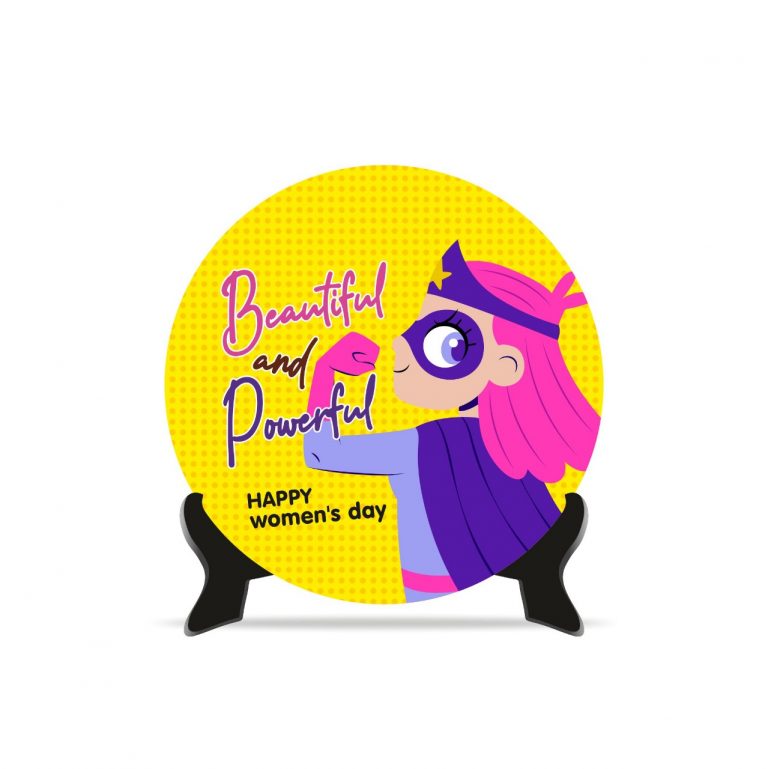Do you work as an Human Resource (HR) executive? If that’s the case, you can consider yourself partially responsible for your organization’s overall productivity and growth. All HR managers and recruiters aim to hire the best candidates possible to improve morale, productivity, and make a positive impact overall.
A 2019 LinkedIn Global Talent Trends report said that 92% of recruiters agree that candidates with strong soft skills are increasingly important. However, the impact of a bad hire is barely discussed. In this article, we take a close look at how an ineffective recruitment strategy can affect your organization’s productivity.
4 Ways Bad Hiring Affects Your Organization’s Productivity
So, you roll out a few job offers and delight in the fact that you have now onboarded a few candidates. However, if it turns out you have onboarded the wrong candidates, here are a few ways your organization’s productivity can go down:
1. Time To Market
Consider this: You have a new product or service in the pipeline, and you plan to launch it soon. Bad hiring means you will have employees who may not fully understand your product and release plans. In other words, bad hiring will affect your time to market, and you will inevitably end up losing to your competitors.
2. Loss Of Customer Confidence
The loss of customer confidence in your brand and product (s) is a direct consequence of bad hiring. Again, ineffective recruitment means you will have incompetent, unqualified people working for you. If you deliver poor quality products and services, your customers’ confidence in your brand will decline.
3. Quality Compromise
Suppose you’ve committed to delivering a product or service to your customers by a certain deadline, and you hire candidates that may not suit your organization. In that case, you will either end up extending the deadline or compromising on the quality to meet it. Either consequence is not favorable to your organization.
4. Organization Reputation
Consider this scenario: You implement an ineffective recruitment strategy and hire candidates who do not necessarily have what your organization is looking for, and you fire them. There is a good chance these ex-employees will spread negative and possibly inaccurate information about your company.
Neither party may have been completely at fault, but your organization will end up suffering because of bad hiring.
The Report on Top 5 HR Trends and Priorities for 2022 by Gartner Inc. suggests that in order to stimulate business performance, recruiters need to evolve their hiring processes to find ways to identify, attract and retain profile-critical skills. It is very essential to use your HR Team effectively.
4 Excellent Recruitment Practices
Now that you are aware of the consequences of bad hiring, here are a few effective recruitment practices that you can incorporate to boost your productivity:
1. Don’t Use Resumes As Your Main Criterion
Back then, resumes played a much more important role in the recruitment process than they do today. Everyone has access to fancy resume templates. It does not take much effort to create an attractive resume that suggests that they have what it takes to do the job. This is why you cannot bank on resumes to get the best candidates.
Related Posts
Instead, look for things that demonstrate the candidates’ ability to do the job. One of the best indicators of this is their portfolio and testimonials.
2. Use Corporate Scores
A JuryCircle Corporate Score is a unanimously trusted identity and three-digit numeric summary of corporate history including persona, work ethics, professional behavior and much more.
Suppose your organization has faced multiple last-minute backouts. In that case, when candidates commit to your company but end up not joining, you can mark the candidate, thus reducing their corporate score. This minimizes last-minute backouts and increases your chances of hiring the candidates you are looking for.
3. Make A List Of Your Top Applicants From The Past
This practice may not apply to you if you are hiring candidates for the first time. However, if that is not the case, having a database with past applicants who you thought were promising but could not make the cut can help you. If you think they have what it takes to take the job, consider reaching out to them.
4. Learn To Say “No” When Necessary
Despite having followed the best recruitment practices, sometimes you will end up hiring a candidate who does not have what you are looking for. If this is your situation, fire the candidate. It is vital to cut your losses when you realize your candidate is not aligned with the organization’s vision and mission.
The last thing you want is to have employees who are not passionate about the organization work for you.
Wrapping Up
As you can see, a bad recruitment strategy often has serious consequences. Your organization’s productivity can get affected in the following ways:
- Increase in time to market
- Loss of customer confidence
- Quality compromise
- Risking company reputation
However, you can avoid all these things if you implement the recruitment practices mentioned in this article.










